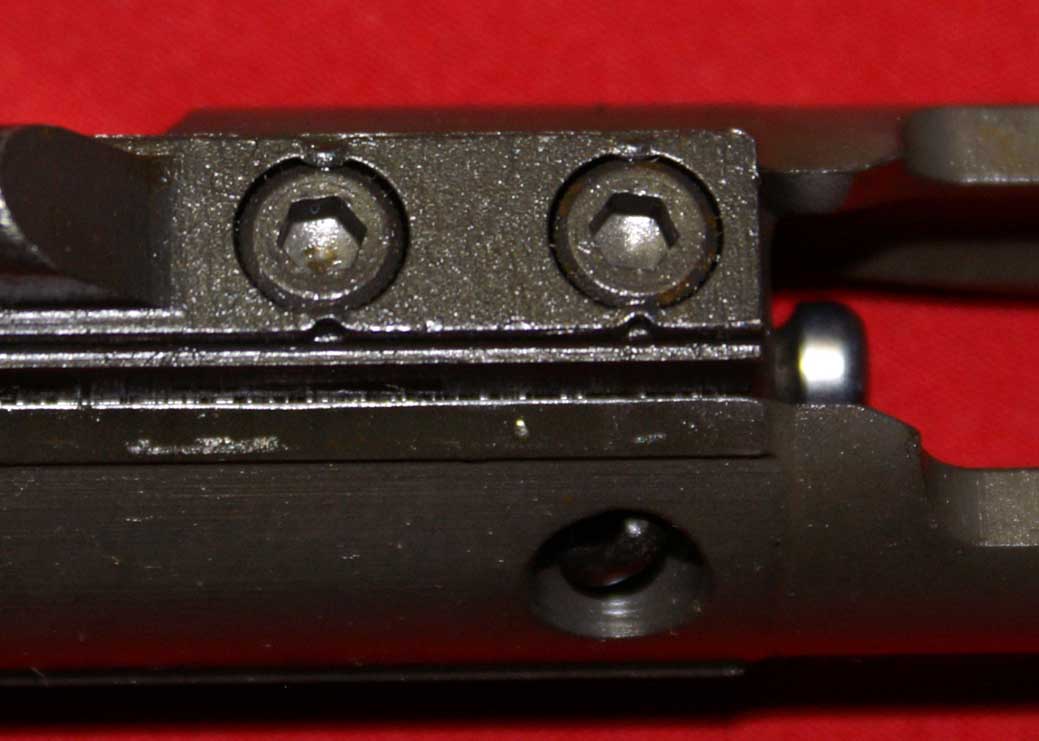Part of the spec is the torque required to remove the fastener after staking.
With proper staking, there really isn't a need for an additional locking compound on the threads. It may not hurt anything, but would add a layer of difficulty if you use removal torque on the fastener to determine if a sample was staked correctly. How much torque would then be the range? With a tolerance added, how would you determine how much of what portion of fastener retention is done by either part?
Staking doesn't have to be pretty to be in the proper range. Just enough displacement of the key into the fastener to put you in the proper range without "real" damage to the key.



 Reply With Quote
Reply With Quote





Bookmarks